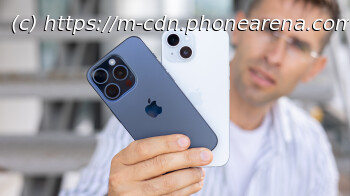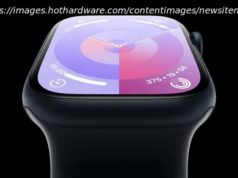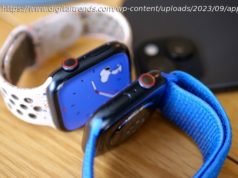What are the differences between the iPhone 15 Pro and the regular iPhone 15 models? And should you spend more to get the Pro version? We compare the performance, the camera quality, battery life and more.
Should you go with the Pro or save some money and get the regular model instead?This is the BIG question especially now that the has gotten an improved camera system and Dynamic Island, two features that have narrowed the gap.The Pro and also share roughly the same compact-ish 6.1-inch size, with the main differences being the newer and faster A17 Pro chip on the Pro model (the regular version sticks with the older A16 chip), as well as a few advanced camera features and a slightly longer battery life on the Pro.The 15 Pro model also has 120Hz ProMotion for buttery smooth scrolling, a feature that is not available on the vanilla 15 model.As you can see these differ just enough to make picking the right one even more difficult than before. But let’s not give up just yet and start by wrapping our heads around the…
(Image Credit – PhoneArena)
(Image Credit – PhoneArena) Both the Pro and come with a 6.1-inch screen size, which makes these phones quite compact in comparison to the Pro Maxes and Ultra phones of the world.But while the screen sizes are the same on the two, the actual physical size of the phones differs slightly. The 15 Pro has slimmer bezels for a more modern edge-to-edge feel and it is a tiny bit narrower.Here are the exact sizes of these two:As you can see, the iPhone 15 Pro is still a bit heavier, but nowhere nearly as much as the much heavier previous generations of the Pro series.This is actually our favorite new feature of the Pro, just how much lighter it has gotten.In terms of materials, the 15 Pro features the new titanium frame, a change from the stainless steel that Apple has been using on previous Pro models. This titanium finish is more damage resistant and far less prone to catch fingerprints.The regular model, on the other hand, will use the familiar aluminum frame, and that also has the benefit of lighter weight and being fingerprint-resistant, but is not quite as durable as titanium.Interestingly, the back of the regular is no longer glossy, it features a new smooth finish very similar to the matte glass on the back of the 15 Pro models.One feature that only the Pro gets, however, is the new Action Button, while the regular still uses the good old mute switch. The new Action button is programmable, so you can set it to do a number of things. It defaults as a mute key as before, but you can set it to start the camera, or even start any app or do something more complex via the Shortcuts app.On the bottom, both phones feature a USB-C port, a change from the Lightning port that Apple has been using for years. That’s good news as this is the same cable most other electronics use as well.One detail here, however, is that the 15 Pro also uses this port for faster USB 3 transfer speeds of up to 10Gbps, while the vanilla is still limited to USB 2 speeds (0.5Gbps). But even if you buy the Pro model, you will have to separately purchase a USB 3 compatible cable to benefit from the faster speeds as the cable that comes in the box does not support USB 3 transfer rates.And finally on the design front, both phones have identical IP68 water and dust certification, just in case you were wondering. Next up, the screens. Both use a 6.1″ OLED panel and while resolution and colors are about the same on these two, one very important feature is missing on the regular – 120Hz ProMotion! We wonder how long will Apple stick with a 60Hz screen on the regular models, but while we don’t know the answer to that we do know that scrolling still feels a bit choppy on the compared to the smoothness on the 15 Pro. Both now hit roughtly the same peak brightness levels which makes them even easier to see outdoors and is a welcome improvement. We wish minimum brightness improved, but it hasn’t and stays at around 2 nits, which is not quite as dim as other rival phones can get.And when it comes to biometrics, there is no difference: both phones use Face ID, which works great.






